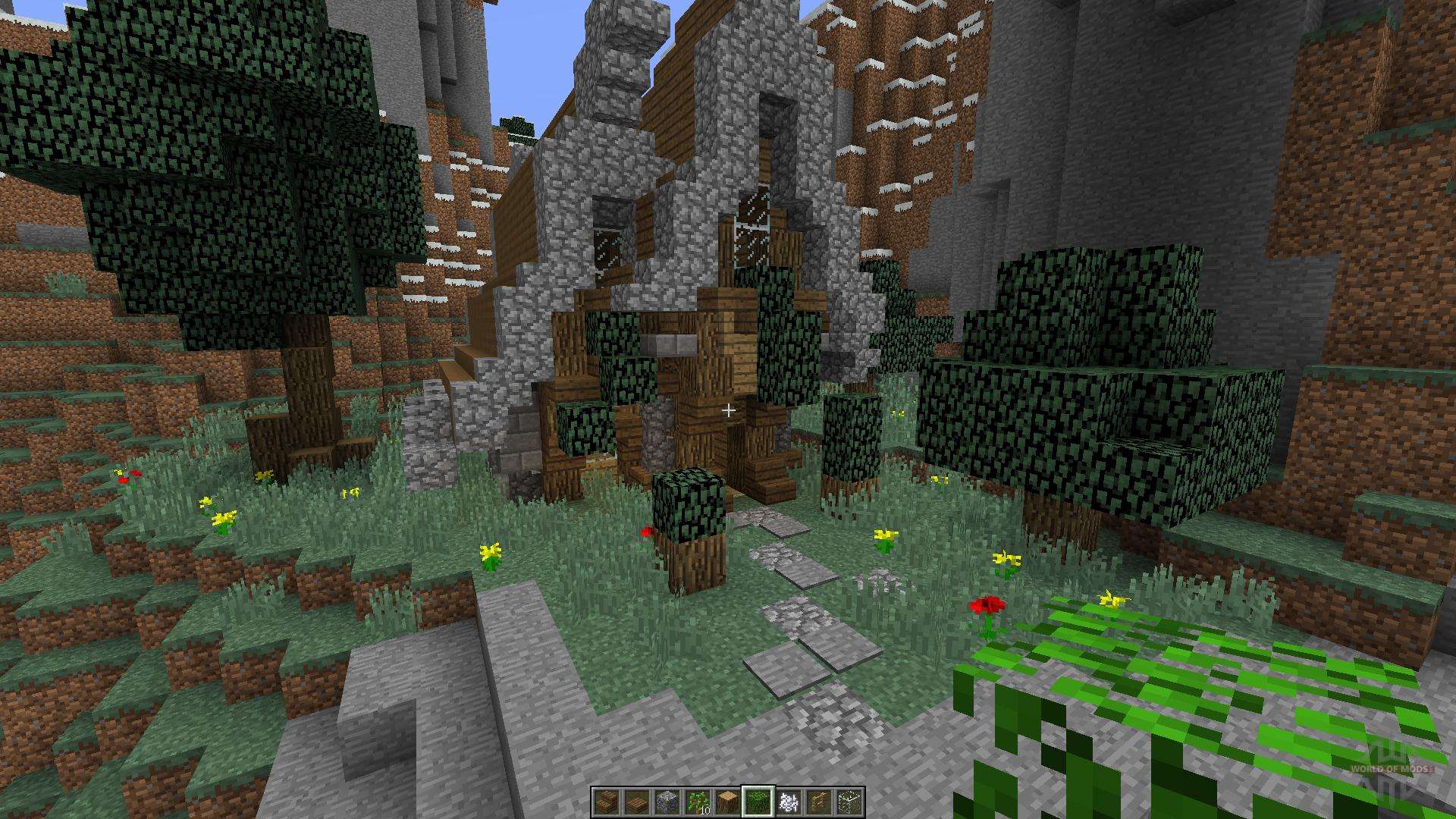Have you ever wondered how those massive cruise ships are built? The process is a fascinating blend of science, engineering, and craftsmanship. From the initial design phase to the final construction, every step is carefully planned and executed to create these floating marvels. In this article, we will delve into the world of cruise ship construction and explore the intricacies of how these incredible vessels are made.
Building a cruise ship is a complex and time-consuming process. It involves numerous challenges and requires a high level of expertise in various fields. From selecting the right materials to ensuring the ship's stability and safety, every aspect must be carefully considered. Additionally, factors such as environmental regulations, passenger comfort, and technological advancements further add to the complexity of the construction process.
The construction of a cruise ship begins with the initial design phase. Naval architects and engineers work together to create a detailed plan that includes the ship's dimensions, layout, and features. Once the design is finalized, the actual construction can begin. The ship is built in sections, which are then assembled together to form the complete vessel.
Throughout the construction process, strict quality control measures are in place to ensure that every component meets the highest standards. Inspections are conducted at various stages to identify any potential issues and address them promptly. Once the construction is complete, the ship undergoes rigorous testing to ensure its seaworthiness and compliance with safety regulations.
Personal Experience: Witnessing the Construction Process
During a recent visit to a shipyard, I had the opportunity to witness the construction of a cruise ship firsthand. It was an awe-inspiring sight to see the massive steel structures taking shape and the intricate details being added. The level of precision and attention to detail was truly remarkable.
As I walked through the shipyard, I saw skilled craftsmen meticulously working on different sections of the ship. Welders were joining the steel plates together, electricians were installing wiring systems, and carpenters were crafting the elegant interiors. The noise of machinery and the hum of activity filled the air, creating a sense of anticipation for the final result.
One of the most fascinating aspects of the construction process was the use of advanced technology. Robots and automated systems were employed for tasks that required extreme precision and efficiency. These technological advancements not only expedited the construction process but also ensured the highest level of accuracy.
Throughout the construction process, safety was of paramount importance. Workers wore protective gear and followed strict protocols to minimize the risk of accidents. Regular safety inspections were conducted to identify and rectify any potential hazards. This focus on safety not only protected the workers but also ensured the integrity of the final product.
In conclusion, the construction of cruise ships is a complex and intricate process that involves a blend of science, engineering, craftsmanship, and technology. From the initial design phase to the final testing, every step is carefully executed to create these magnificent vessels. The attention to detail, the use of advanced technology, and the focus on safety are all essential elements in the construction of cruise ships. It is a testament to human ingenuity and the pursuit of excellence.

No comments:
Post a Comment